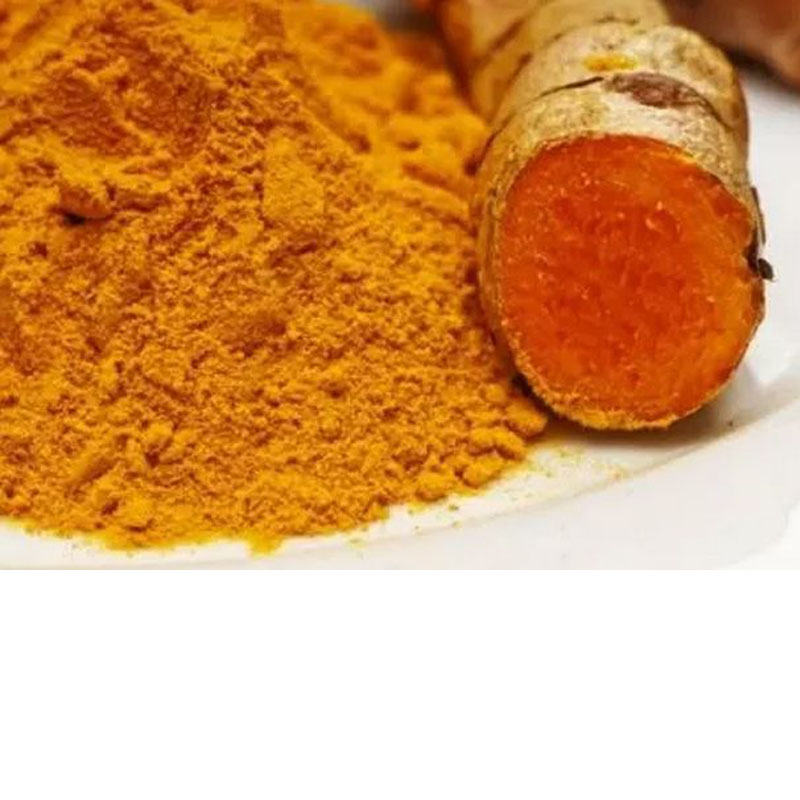- No. 268 Xianghe Street, Economic Development Zone of Xingtai city, Hebei 054001 China
- Byron@hbhongri.cn
Delicious Recipes Using Homemade Paprika for Flavorful Dishes
The Art of Homemade Paprika
Paprika, a vibrant spice beloved in kitchens around the world, has a rich history and a culinary significance that transcends borders. While store-bought paprika is convenient, making your own homemade version unleashes a world of flavor and personalization that is truly unparalleled.
What is Paprika?
Paprika is derived from the grinding of dried capsicum peppers, which belong to the nightshade family. The color can range from bright red to deep burgundy, depending on the type of peppers used. While it originated in South America, paprika has become synonymous with Hungarian cuisine, where it is an essential ingredient in dishes like goulash and stews. Its flavor profile can vary widely from sweet and mild to hot and intense, making it incredibly versatile for various dishes.
The Benefits of Homemade Paprika
Making paprika at home allows you to select the type of pepper that best suits your taste preferences. For those who enjoy sweetness, Hungarian sweet peppers are an excellent choice. If you're looking for heat, you might opt for hotter varieties like cayenne. Moreover, homemade paprika can be free of preservatives and additives common in commercial products, making it a healthier option.
Another advantage of crafting your own paprika is the ability to control freshness. Store-bought spices can lose their potency over time due to exposure to air, light, and moisture. By creating your own batch, you ensure that every pinch is as flavorful as possible.
How to Make Homemade Paprika
Making homemade paprika is a simple and rewarding process. Here’s a step-by-step guide to get you started.
homemade paprika

1. Select Your Peppers Choose the type of peppers you want to use. For a basic sweet paprika, look for dried bell peppers or Hungarian peppers. For a little kick, consider mixing in some dried spicy peppers.
2. Dry the Peppers If you're starting with fresh peppers, you need to dry them first. This can be done using a dehydrator, an oven set on low heat, or air drying in a warm, dry place. Ensure the peppers are completely dried to prevent mold during storage.
3. Grinding Once the peppers are dried, break them into small pieces. Using a spice grinder or a mortar and pestle, grind the dried peppers into a fine powder. Be cautious when grinding spicy peppers; the dust can irritate your eyes and throat. It’s advisable to wear a mask and protective glasses.
4. Store Your Paprika Transfer the ground paprika into an airtight container, preferably made of glass. Store it in a cool, dark place to maintain its flavor and color. If stored properly, homemade paprika can last for several months.
Cooking with Homemade Paprika
Once you have your homemade paprika ready, it's time to experiment! Use it to season meats, vegetables, or soups. It can also be incorporated into marinades, dressings, or sprinkled over dishes as a finishing touch. The depth of flavor from freshly made paprika can elevate simple dishes, imparting a warmth and richness that is sometimes missing from pre-packaged varieties.
Conclusion
In conclusion, making homemade paprika is not just about creating a flavorful spice; it's about embracing the art of cooking and the joy of personalized flavors. By selecting your ingredients and processing them yourself, you ensure that your paprika is tailored to your taste. So why not try your hand at this delightful endeavor? Your taste buds will thank you, and your culinary creations will shine brighter than ever before.
-
Turmeric Rhizome Powder: A Golden Treasure from Roots to TableNewsJul.28,2025
-
The Versatile Application Of Crushed Red Hot Peppers: Lighting Up The Red Flames On The Dining TableNewsJul.28,2025
-
The Paprika: A Touch Of Vibrant Red In Color, Flavor, And CultureNewsJul.28,2025
-
Ground Turmeric: A Modern Examination of an Ancient SpiceNewsJul.28,2025
-
Capsicum Liquid Extract: Features, Applications, and ChallengesNewsJul.28,2025
-
Application of Capsicum Liquid Extract in FoodNewsJul.28,2025







